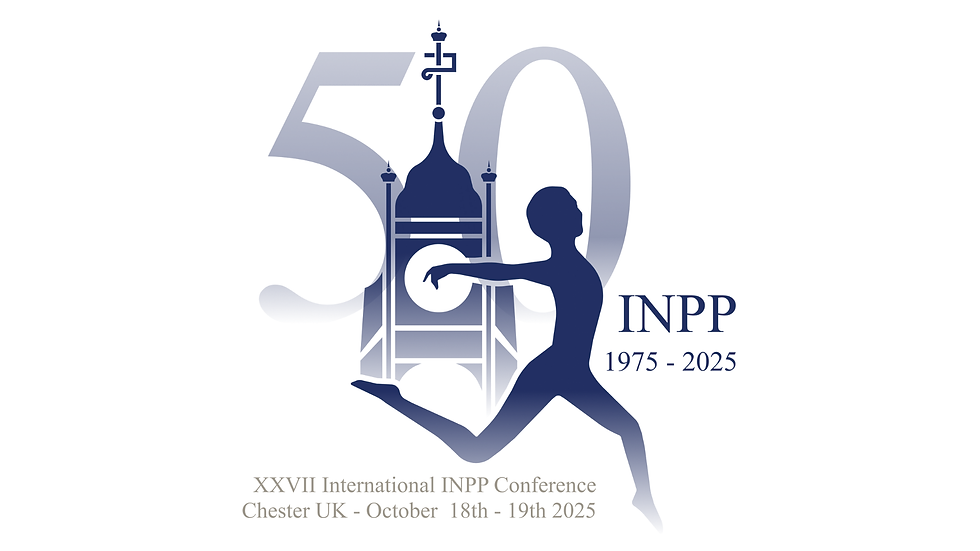Focusing a spotlight on root causes underlying the development of some special educational needs (SEN’s)
- Sally Goddard Blythe

- Oct 15
- 2 min read
Updated: Oct 16

The incidence of children identified as having special educational needs (SEN) in England published by the government earlier in 2025 showed an increase of 93,700 (5.6%) pupils since 2024.
The most common type of need featured in the report for those with an Education Health Care (EHC) plan is autistic spectrum disorder and for those with SEN support is speech, language and communication needs.
While these figures provide a picture of the scale of the problem, they do not answer the questions:
1. Why?
2. What underlies this increase?
3. How can relevant factors be identified at the earliest possible stage?
4. What can be done?
Furthermore, these figures only cover children already identified as have special educational needs, a process that can take several years within the current system meaning that vital time has already been lost in education.
This month the city of Chester will host an international conference focusing on methods of identifying physical factors that can underlie the presentation of special educational needs, assessment and intervention.
While acknowledging that the causes of special educational needs are multifactorial, The INPP 50th Anniversary International Conference will shine a spotlight on the vital role of physical development in supporting school success presenting research and practise from experts from different parts of the world where physical programmes have been implemented to improve the physical basis for learning.
Physical development matters because neuromotor skills (balance and coordination) provide the basis for neural centres involved in the control of eye movements (needed for reading and visual perception), eye-hand coordination (writing) and a stable postural basis for sitting still and maintaining attention. In addition, hearing and listening skills developed in the first three years of life are crucial for the advancement of speech and language, which support not only literacy skills but also social engagement and emotional regulation.
Improved understanding of the relationship between physical development and learning can help to:
1. Identify children at risk of under-achieving;
2. Assess and provide recommendations for relevant and practical intervention;
3. Provide physical programmes in schools and pre-schools.
The conference will bring together world experts, pioneers and innovators in the field of human physical development whose work offers a complimentary approach to the current system.
Further information, conference programme and registration may be found at: www.inpp.cloud



Comments